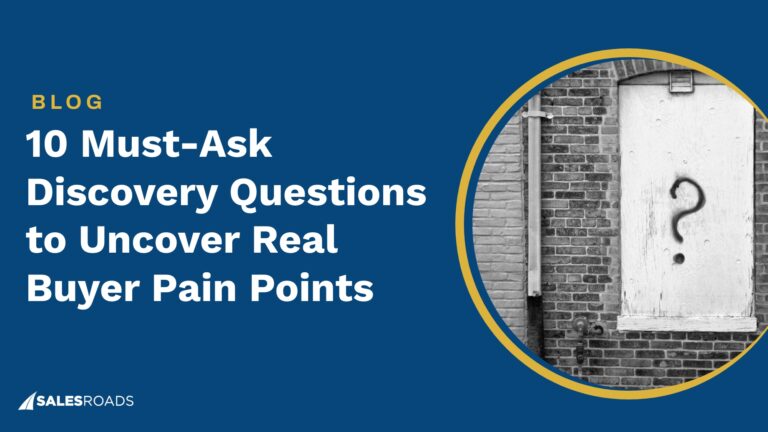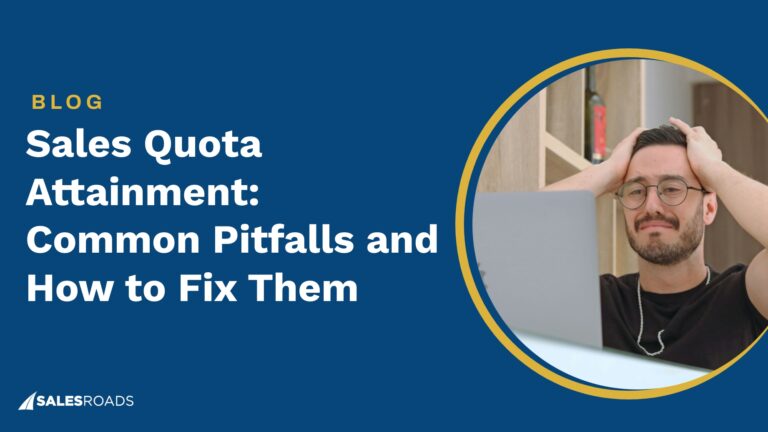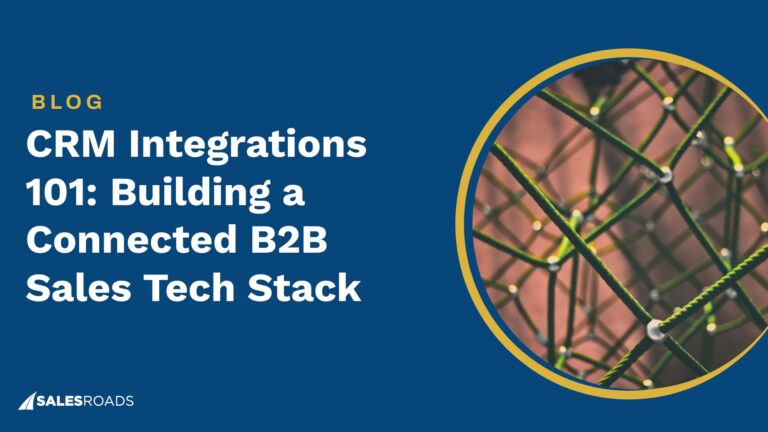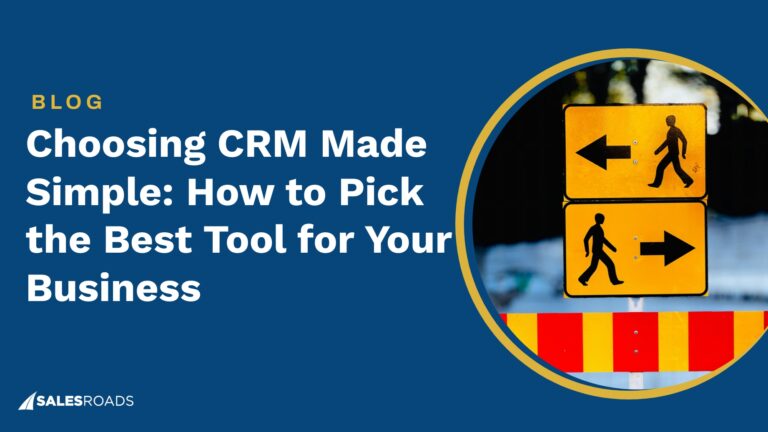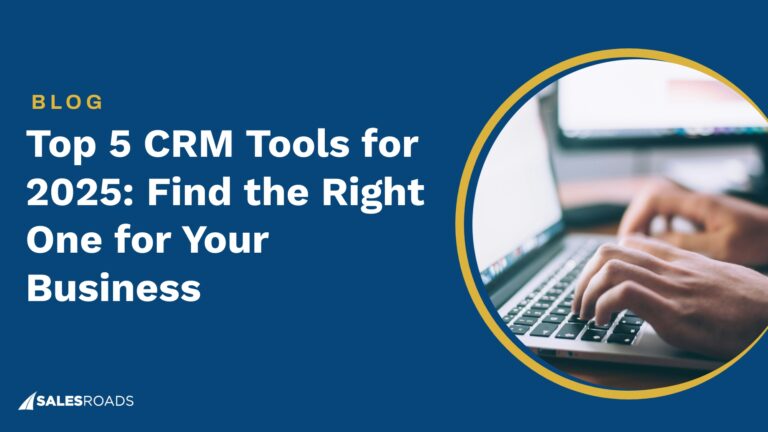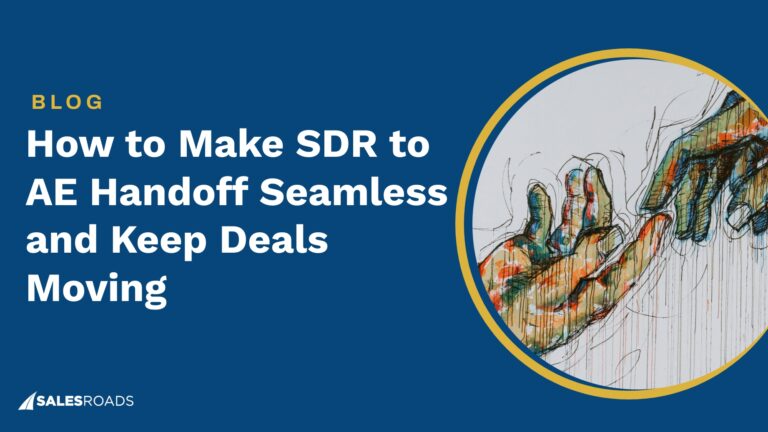Lead generation is the process of capturing customers’ interest and moving them towards a purchase. Driving leads through your funnel requires a set of integrated strategies focused on leads at different stages of the purchase decision.
Planning your Lead Generation Campaign in Three Steps
The first step in launching a lead generation campaign is outlining your objectives.
Your campaign process entails capturing leads, qualifying leads, and converting the customer. Building a campaign that incorporates goals, strategies, and tools is the key to growing your business.
Step One: Set up your objectives
Campaign objectives are measurable statements of intention while strategies refer to how you plan to achieve these goals.
Your objectives can differ at each stage of the funnel, from specific revenue targets to increasing conversion rates, or maintaining a high close percentage.
While developing your campaign objectives, consider your current business goals to drive optimal outcomes. Here are tips to keep in mind as you set your campaign objectives.
The right amount vs. the right type of leads
Prioritizing qualified leads over a large number of leads increases your conversion rate.
It’s advantageous to focus on a smaller pool of highly-qualified leads instead of sifting through a massive volume of so-so leads. Focusing on quality leads empowers your sales team to focus on the prospect most likely to become revenue generating.
Track and measure the process
Monitoring performance metrics at each stage of your campaign is crucial to your overall strategy. You should keep track of important metrics before, during, and after creating your lead generation campaign to adjust and optimize your goals.
Set achievable goals
Setting unrealistic goals makes it hard to determine if your campaign was successful and undercuts morale. Outline achievable goals for your campaigns for an accurate measure of success.
Step Two: Outline your strategies
Your lead gen goals and strategies are bound to each other. Your lead gen strategies are formed by your business goals, market conditions, and ability to execute. Centering on business goals allows you to focus on the highest-impact activities.
Below are types of lead generation strategies you might deploy to hit your objectives.
- Optimizing your website to be SEO-friendly
- Building a free tool
- Offering live demos or webinars
- Sharing reviews, case studies, or testimonials
- Paid channels such as search and social
- Outbound sales
Step Three: Build your stack
Your tech stack won’t make up for a bad strategy, but the wrong tech stack can limit even the best strategies.
The following tools will help you achieve your business goals:
| Lead Generation Tools | Software |
| Inbound lead gen | Leadfeeder ActiveCampaign |
| Outbound lead gen | Outreach.io VanillaSoft Prospect.io |
| Project management | Asana Notion Monday Clickup |
| CRM | Salesforce HubSpot |
| Keyword search | SEMrush Google Analytics |
Building your Lead Gen Campaign
The sales funnel represents how leads progress from brand awareness to purchase.
The funnel consists of three stages: top, middle, and bottom. The best lead generation campaigns anticipate the questions buyers have at each stage as they move towards purchase..
| The Sales Funnel |
| The Top of the Funnel (TOFU) |
| The Middle of the Funnel (MOFU) |
| The Bottom of the Funnel (BOFU) |
How to capture and qualify leads at the TOFU and MOFU?
TOFU is where you create brand awareness and initial contact, while MOFU is where you engage contacts to further move them towards a purchase.
The data you gather from top-of-funnel activities allow you to identify which leads need to follow up and which ones need nurturing.
Your campaign’s success at capturing and converting leads at the TOFU and MOFU relies on how well sales and marketing teams perform inbound and outbound marketing efforts together.
Inbound Lead Gen
Inbound is the method of creating content that answers your prospects’ questions to organically drive them to your business.
Though inbound efforts are mostly deployed by marketers, salespeople must equip them with the highest-impact activities on customer behavior.
The four most effective strategies for the marketing team to rock inbound efforts are:
| Search Engine Optimization (SEO) |
| Social Media Marketing |
| Content marketing |
Search Engine Optimization (SEO)
Your website is the hub where your leads learn, engage, and meet your brand.
Increasing organic traffic to your website is intertwined with your SEO optimization efforts.
Using SEO tools such as SEMRush or Yoast, you can identify potential keywords and integrate them into your website’s content.
With thorough SEO practices, you meet your buyers while they search for solutions related to your product or service.
Social Media
Social media is an important content distribution channel for any successful lead gen campaign. Using social media channels to increase engagement and drive website traffic is an essential part of your campaign.
Both B2B and B2C businesses can use social media by repurposing their content into made-for-social posts that keep their products top-of-mind for buyers.
Retargeting your website visitors with sponsored social posts is a must for capturing attention from leads who visited your website but didn’t leave their contact info.
Content Marketing
Creating and distributing relevant and consistent content is essential to acquiring sales opportunities.
The strongest content marketing campaigns are born from a collaboration between sales and marketing teams to zero in on pain points, refine messaging, and ultimately drive more revenue.
The following content formats can all play a part in an effective lead generation campaign:
- Case Studies are in-depth examinations of projects you’ve completed for other clients. These studies provide leads with a clear picture of what to expect from working with you and what you can do for their business.
- Blog Posts educate your target audience while increasing your brand’s reputation and site traffic. Blog posts written for BOF search queries that indicate a strong purchase intent should be prioritized.
- White Papers are typically more detailed and informative than blog posts. They allow you to collect warm leads because website visitors often enter their information to gain access.
- Ebooks are less academic than white papers but offer detailed explanations of specific topics.
- Webinars are virtual events held online to share presentations, content, or web pages. Webinars are a powerful method for engaging with your audience in a live or asynchronous format. Webinars can take many forms depending on where you deploy them in your funnel.
- E-learning Webinars
- Customer Onboarding Webinars
- Branding Webinars
- Lead Nurturing Webinars
- Thought Leadership Webinars
- Product Demonstrations Webinars
- On-Demand Webinars
Outbound Lead Gen
Outbound is a traditional lead generation strategy aimed at reaching out to potential customers by promoting content via cold calling, emailing, or paid ads. Sales teams have a direct impact on outbound activities.
The most effective strategies for outbound marketing are:
| Paid Ads |
| Networking on LinkedIn |
| B2B Appointment Setting |
| Email Marketing |
- Paid Ads are online content placements on marketing platforms of your choice. They contribute to inbound and outbound lead generation by increasing awareness.
- Networking on LinkedIn is an excellent source of high-quality leads, as the platform is designed specifically for connecting business owners and professionals.
Salespeople can use LinkedIn tools like SalesNavigator to directly engage potential prospects. Marketers can use social platforms to push ads, retarget site visitors, and promote events.
- B2B Appointment Setting is a strategy in which specialized Sales Development Representatives (SDRs) schedule business meetings by cold calling/emailing and following up with leads.
You can implement a B2B appointment setting strategy by outsourcing SDRs or building your team.
Building an SDR team requires a substantial investment and a great deal of time and effort. Consider outsourcing it to avoid these requirements and increase your conversion rate with a unique “fit-to-purpose” sales strategy.
How to Close Sales at the BOFU?
The bottom is where you focus on closing the sale. To do that, use effective strategies and psychological tactics:
| Referral Programs |
| Trial or Demo Offerings |
| Consultations |
| Psychological Tactics |
- Referral Programs deliver social proof, leverage your lead generation strategy and boost your company’s reputation.
You can reduce hesitations about your offerings by showing recommendations for your products and services.
- Trial or Demo Offerings demonstrate your product’s or service’s capabilities and uncover concerns your potential customers may have. You can also solicit trial/demo feedback to improve your service.
- Consultations persuade leads to become paying customers, as some qualified leads require a phone or in-person interaction.
- Psychological Tactics eliminate barriers that might block the purchase decision.
| Demonstrate pricing comparisons to emphasize the value/pricing ratio that is beneficial for your leads. |
| Offer a special discount that requires immediate action to trigger a purchase decision. |
| Summarize the value and benefits to highlight how your service or product solves your leads’ pain points. |
| Ask probing questions to decrease your leads’ hesitations about purchasing. |
When a purchase decision happens at the BOFU, businesses experience retention or churn. Retention refers to customer loyalty while churn means losing your existing customer to a competitor.
Apply a retention strategy to bring more revenue in the future by employing personalized loyalty programs.
- Personalized Loyalty Programs appeal to customers’ hearts, minds and wallets while increasing the revenue you drive from them.
Customers prefer personalized experiences and are more likely to do business with companies that provide them.
When deciding how to build your lead gen campaign, it’s important to cooperate with the marketing team and put the sales funnel at the top consideration. Your campaign must employ more than one lead generation strategy for each stage to drive significant outcomes.
Bottom Line
Creating a successful lead generation campaign requires a significant amount of planning. Consider how you can move your leads from the top to the bottom and base your campaign on three pillars:
Setting up campaign goals matching your business needs + Aligning these goals with effective strategies on your sales funnel + Choosing the right tools to conduct these strategies.




